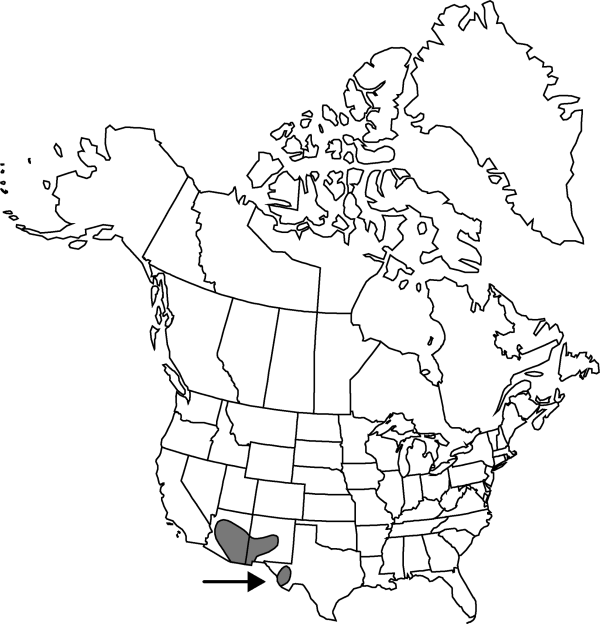Chenopodium neomexicanum
in N. L. Britton et al., N. Amer. Fl. 21: 19. 1916.
Stems erect to ascending, sparsely branched, 2.5–5 dm, sparsely farinose. Leaves nonaromatic; petiole 0.5–1.3 cm; blade triangular to ovate or rhombic-ovate, 0.7–2.9 × 0.4–2.1 cm, apex apiculate, base broadly cuneate to truncate, subhastate with low, rounded or acutish lobes, margins entire above lobes, apex acute to obtuse, sparsely farinose abaxially. Inflorescences glomerules in paniculate spikes, 21–24 × 4–9 cm; glomerules maturing irregularly; bracts leaflike to linear. Flowers: perianth segments 5, distinct nearly to base; lobes ovate, 0.7–1 × 0.7–0.9 mm, apex obtuse, keeled, densely to sparsely farinose, partly covering seeds at maturity; stamens 5; stigmas 2, 0.2–0.3 mm. Achenes ovoid; pericarp adherent, black, honeycombed. Seeds lenticular or round, 1–1.3 mm diam., margins acute; seed coat coarsely honeycombed.
Phenology: Fruiting late summer–early fall.
Habitat: Moist soils, roadsides, pinelands, igneous rock
Elevation: 1500-2500 m
Distribution

Ariz., N.Mex., Tex.
Discussion
Selected References
None.